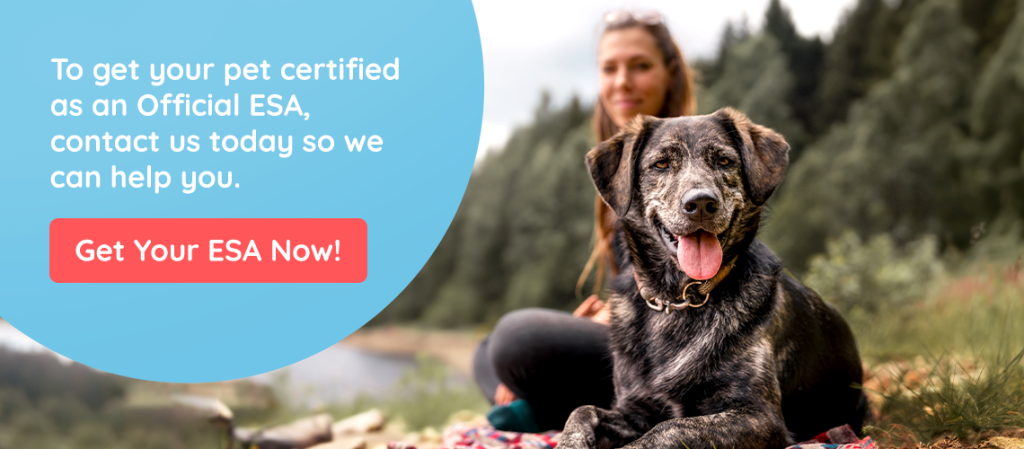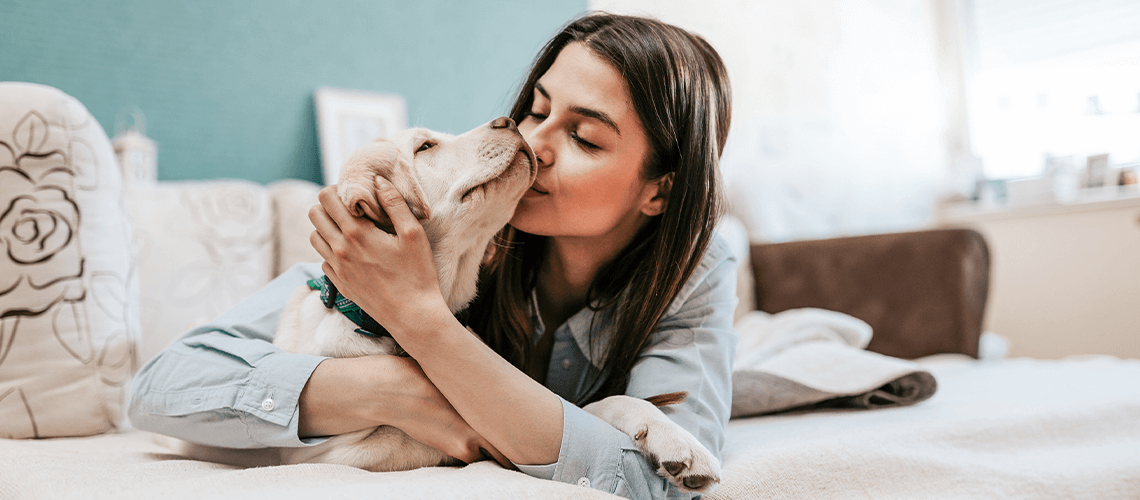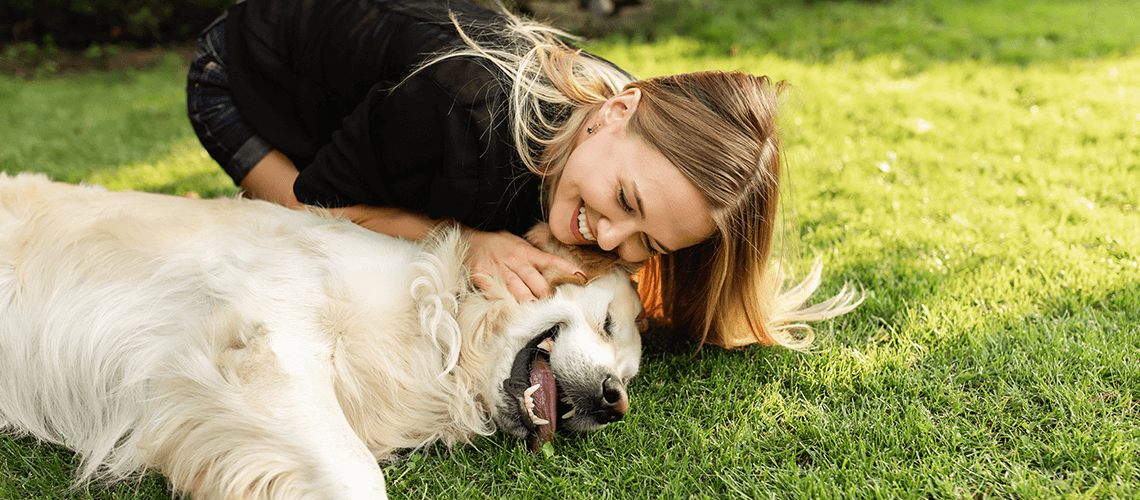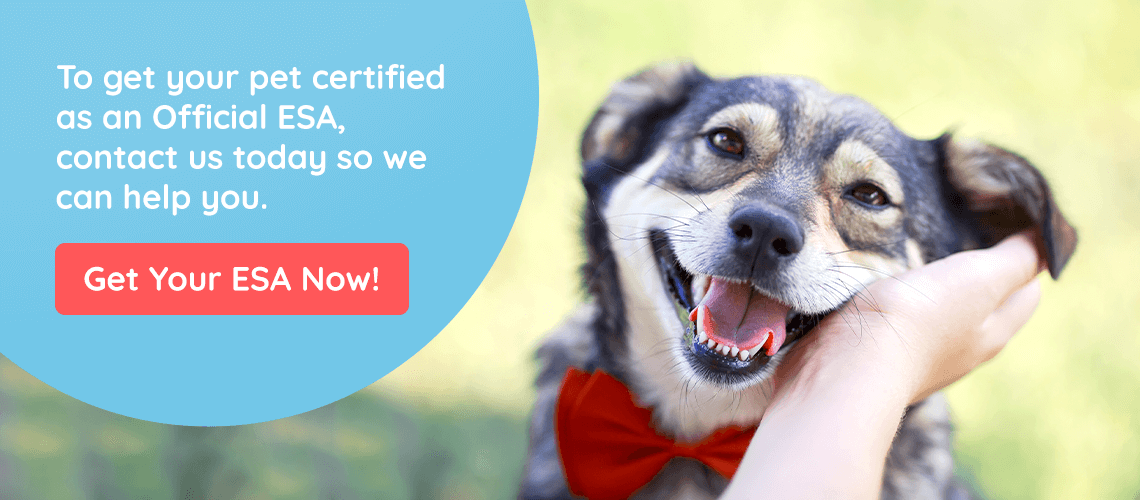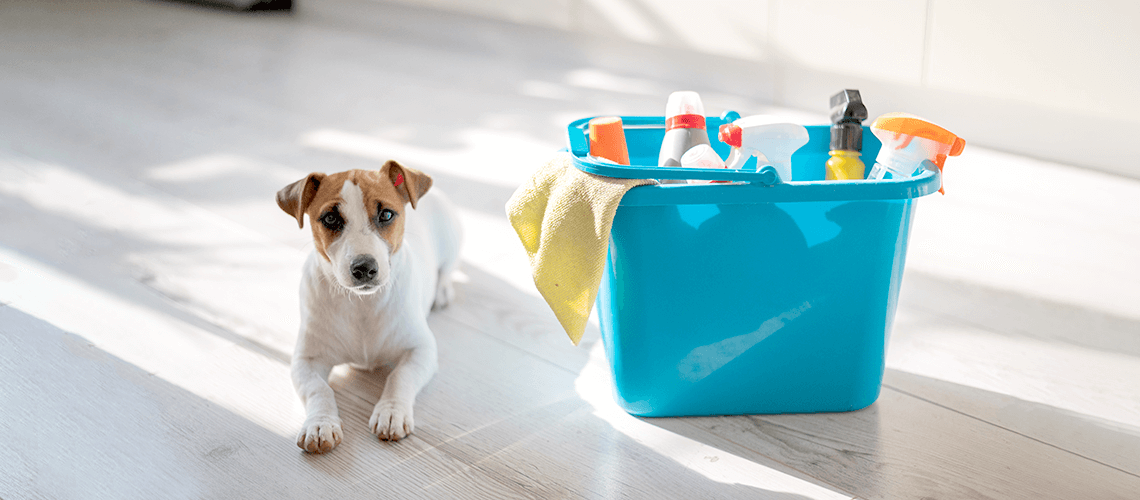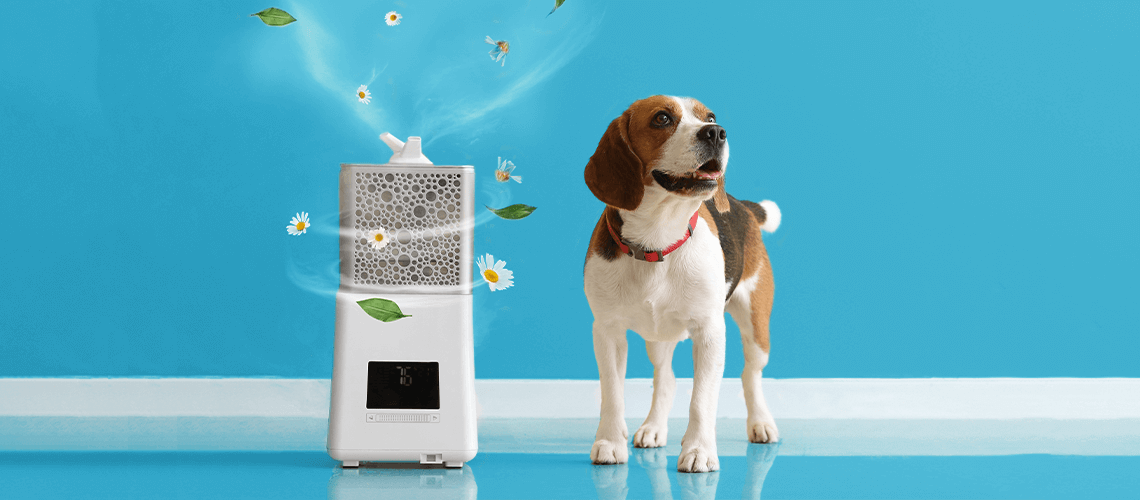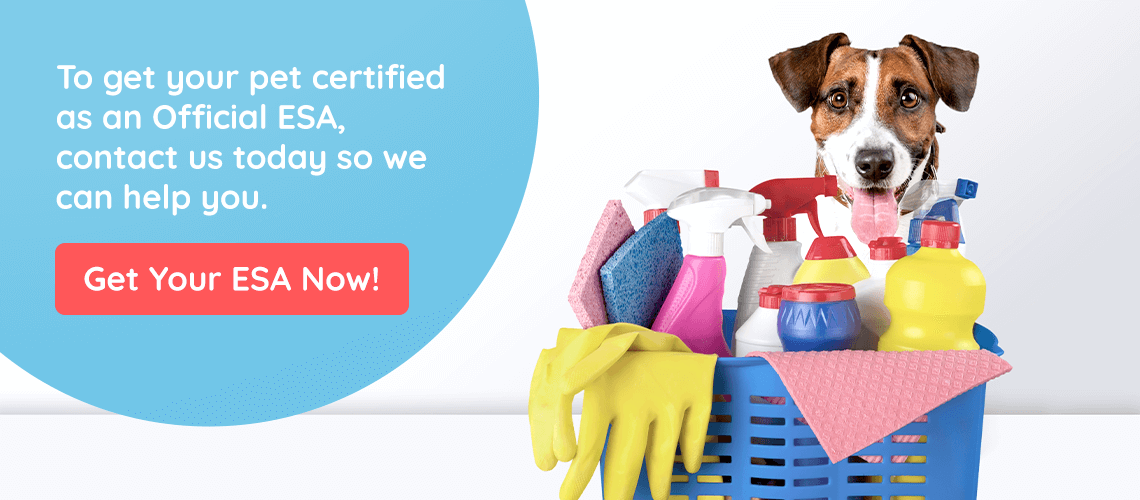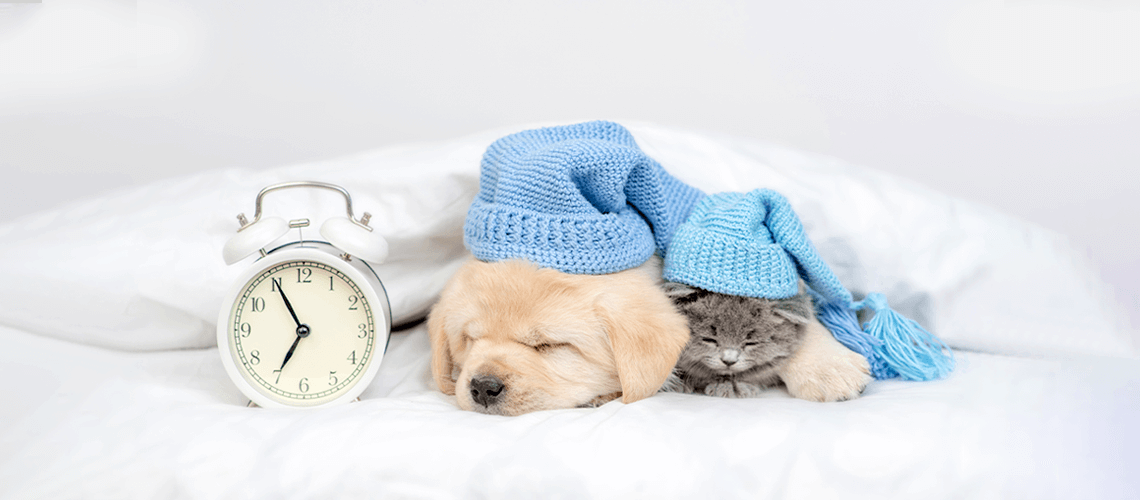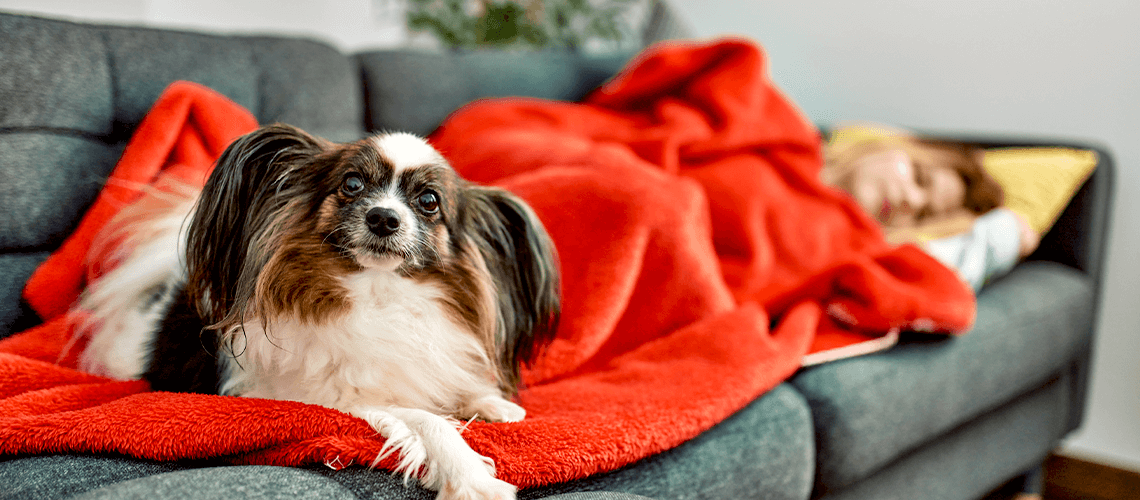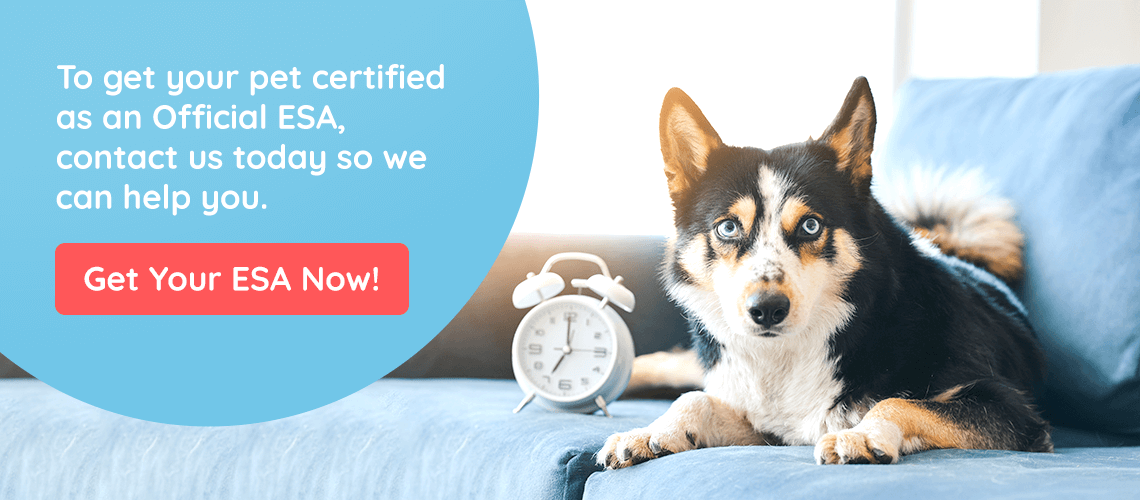Hey there, fantastic pet parents!
Do you remember thinking sparklers were magic wands, and fireworks were dragons bursting in the sky? If you nodded to those, you know how much fun the Fourth of July can be! How about when you tried eating hot dogs like it was a race, and your cousin ended up with mustard on their nose?
Now, let’s imagine a world seen through the eyes of your cuddly pets (yes, even the grumpy cat). It’s like being in a sci-fi movie. One moment, they’re sleeping on their favorite chair, and the next—KABOOM! Fireworks! But for them, it’s like aliens attacking outer space!
So, here’s your ultimate guide to making your pet’s Fourth of July a paw-some one!
Step 1: All Aboard the Training Train!
Days before the big event, start getting your pet used to loud noises. It’s like practicing for a big game, but this time it’s for the Big BOOM. You can play fireworks sounds on your phone (at a low volume, please!) during their fun time. But remember, it’s all about being a cool cucumber, not scaring them into next Tuesday!

Step 2: The Great Hideout
Let’s be honest; our pets love their hidey-hole. Whether it’s under your bed, in a closet, or even inside a shoebox, they all have their favorite spots. Make sure these are clean and comfy for the Fourth. Add some extra blankets, your favorite toy, or even your old T-shirt. It’s like their personal fireworks fort!

Step 3: The Belly-full Strategy
Remember that food coma after Thanksgiving dinner? The same goes for our pets. Feed them earlier and a bit more than usual (but not too much, we don’t want them sick!). A full belly could make them sleepy and less aware of those scary sky-booms.
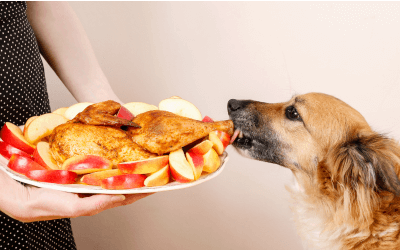
Step 4: The Magic of Music
Create a playlist of calming music or nature sounds (think birds chirping or rain falling) and let it play in the background. It will mask some noise and give them something else to focus on. Who doesn’t love a good jam, right?

Step 5: Tag Em!
In the off-chance your pet becomes an escape artist on the day, ensure they have proper identification. A collar with your current contact details or a microchip will help your furry Houdini find their way back home.
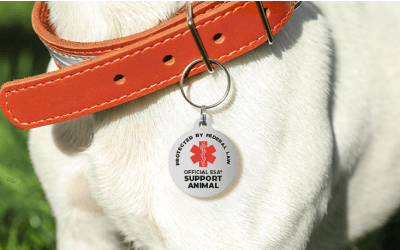
The Big Day: The Fourth of July
Now, for the main event! Please keep your pets inside, in their safe place. It might be tempting to let them join the party but trust us, they’d rather miss the humans wearing funny hats and overeating.
Stay with them if possible, and keep the windows and doors closed to muffle the noise. Remember, your company is the best comfort for them.
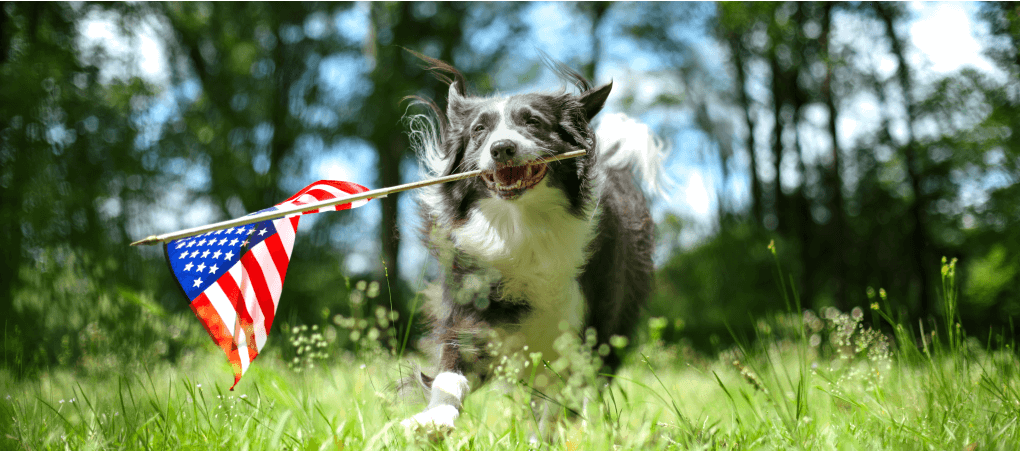
Uh-oh, Houston, We Have a Problem!
If your pet still manages to run off, don’t panic. Look for them calmly and call your local animal shelters. And remember the golden rule: prevention is better than cure. So take these steps, and you’re sure to make this Fourth of July a blast in the best way possible!
Now, go forth and conquer the Fourth, super pet-parent! Your pet might not be able to say it, but they’ll definitely be thanking you with wagging tails and purrs of contentment. (talk about GT opportunity here)
When in Doubt, Reach Out to the Vet!
If you notice that your fur baby is showing signs of extreme anxiety or distress during the Fourth of July festivities, it’s essential to contact your veterinarian for guidance and support. They’re the experts who can provide tailored advice for your pet’s specific needs.
Some pets might require additional help to stay calm, such as anxiety-reducing medications or natural remedies. Your vet can discuss these options with you and guide you in finding the best solution for your furry friend.
Remember, it’s always better to be safe than sorry when it comes to your pet’s well-being. So don’t hesitate to give your vet a call if you’re unsure or concerned about your pet’s behavior or reactions to the fireworks.
Alright, now we’ve covered all the bases! Keep these tips in mind, and you’ll be a true pet superhero on the Fourth of July. Enjoy the celebrations while keeping your furry companions safe and happy. Have a blast, and remember to capture some adorable moments of your pets enjoying the day (in between their power naps, of course)!


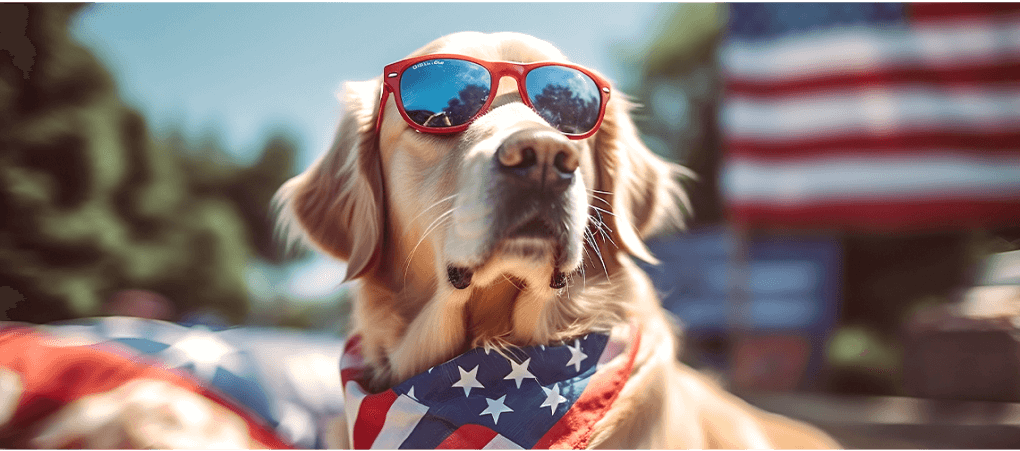
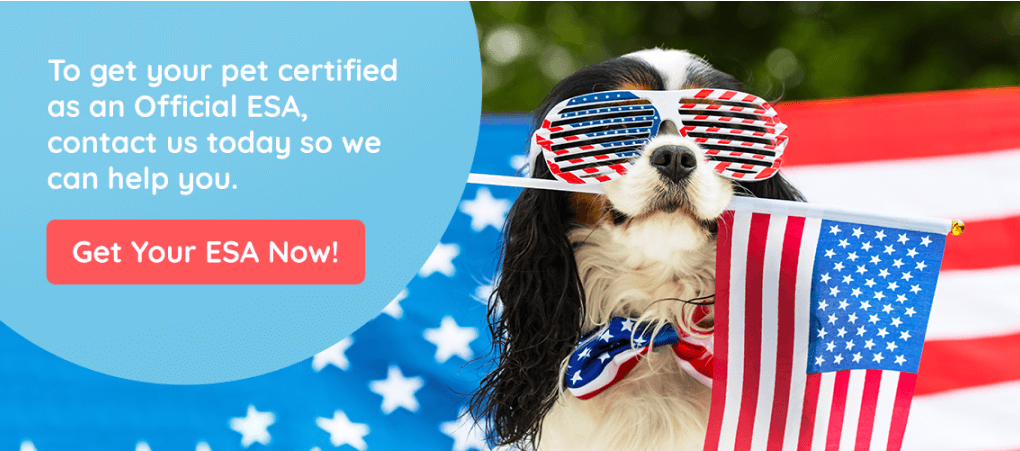

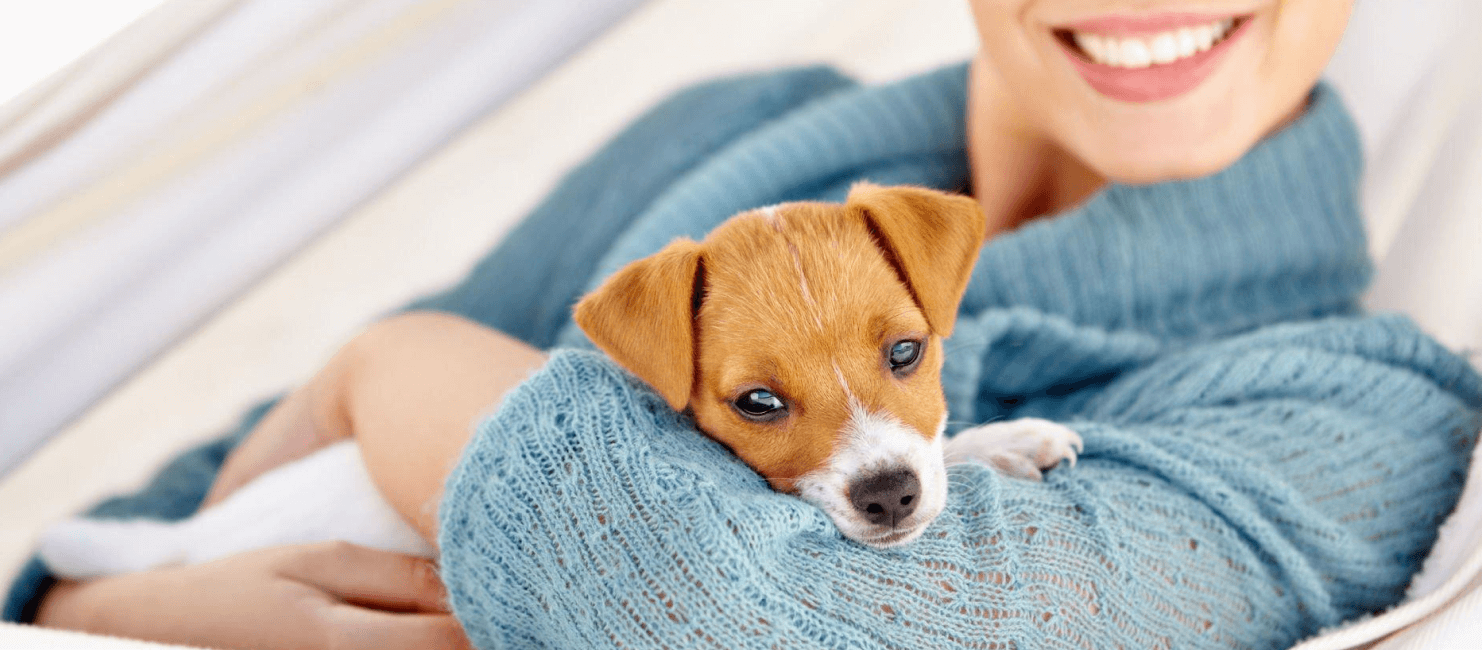
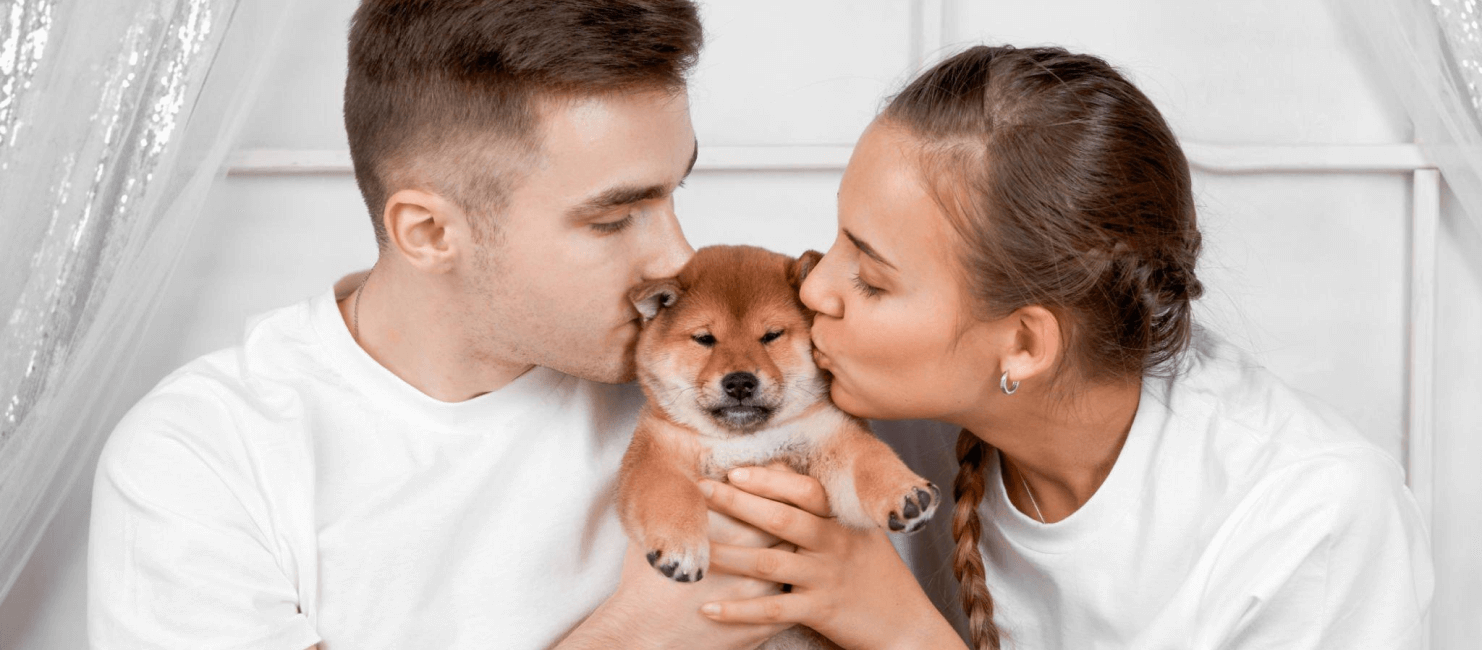

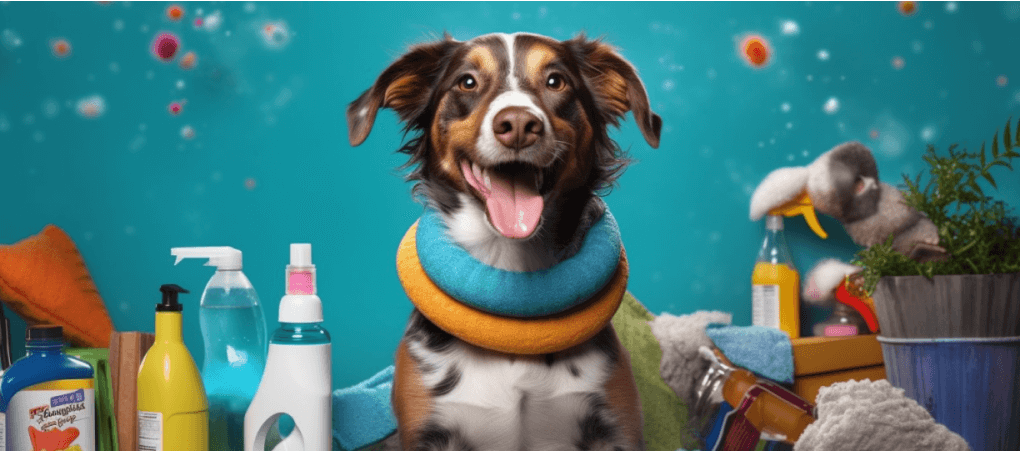
 Pet beds and blankets can get dirty and smelly. Washing them often will keep your pets clean and healthy. Here’s how to do it:
Pet beds and blankets can get dirty and smelly. Washing them often will keep your pets clean and healthy. Here’s how to do it: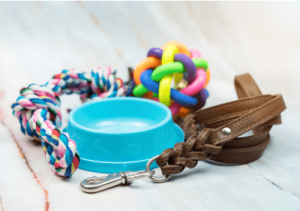 Toys can get dirty and carry germs that can make your pets sick. Cleaning them often keeps your pets safe and healthy.
Toys can get dirty and carry germs that can make your pets sick. Cleaning them often keeps your pets safe and healthy.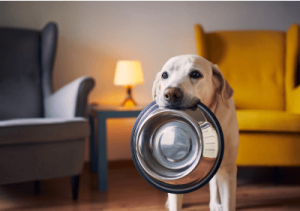 To stop harmful bacteria from growing, cleaning your pet’s food and water bowls daily is essential.
To stop harmful bacteria from growing, cleaning your pet’s food and water bowls daily is essential.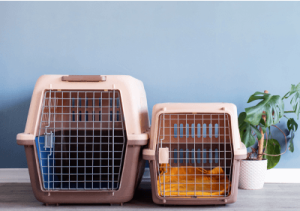 Pet carriers and crates should be cleaned often to remove dirt, hair, or other things that can build up.
Pet carriers and crates should be cleaned often to remove dirt, hair, or other things that can build up.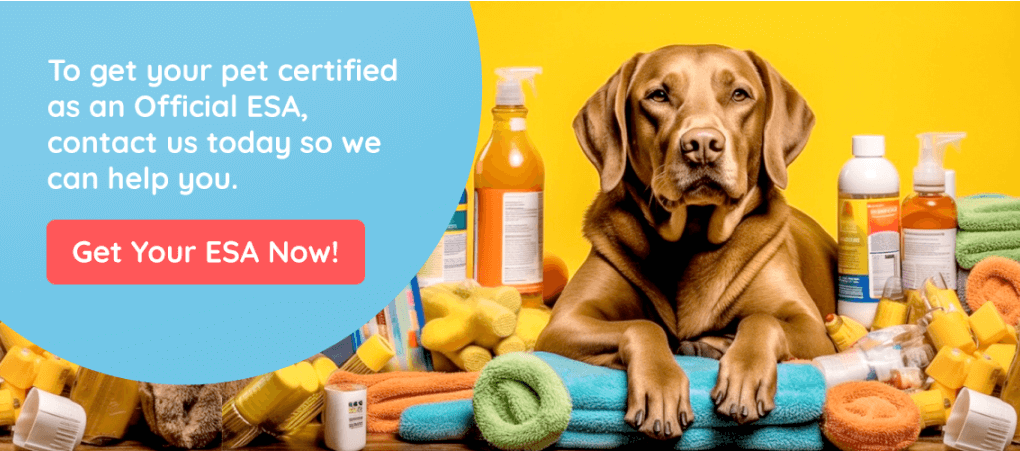


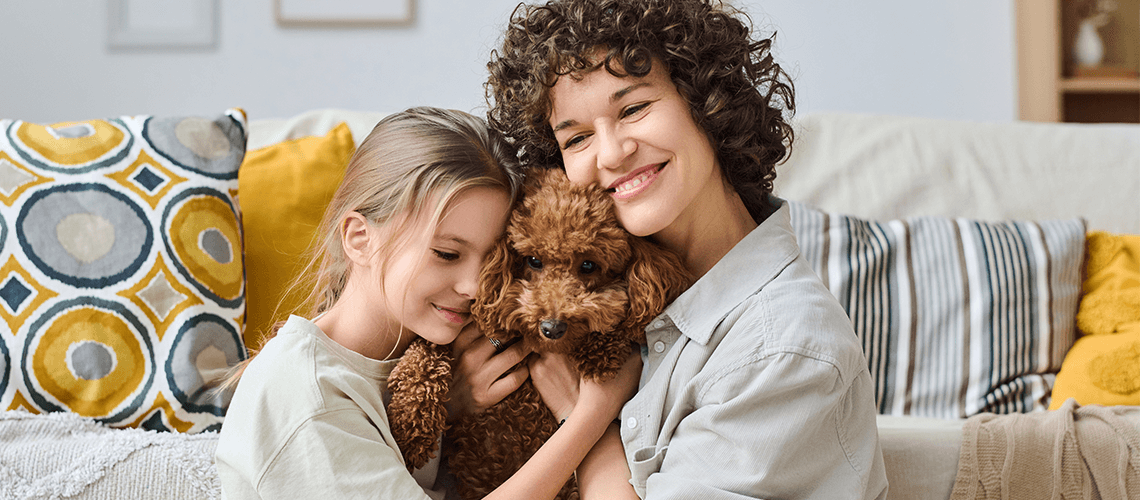
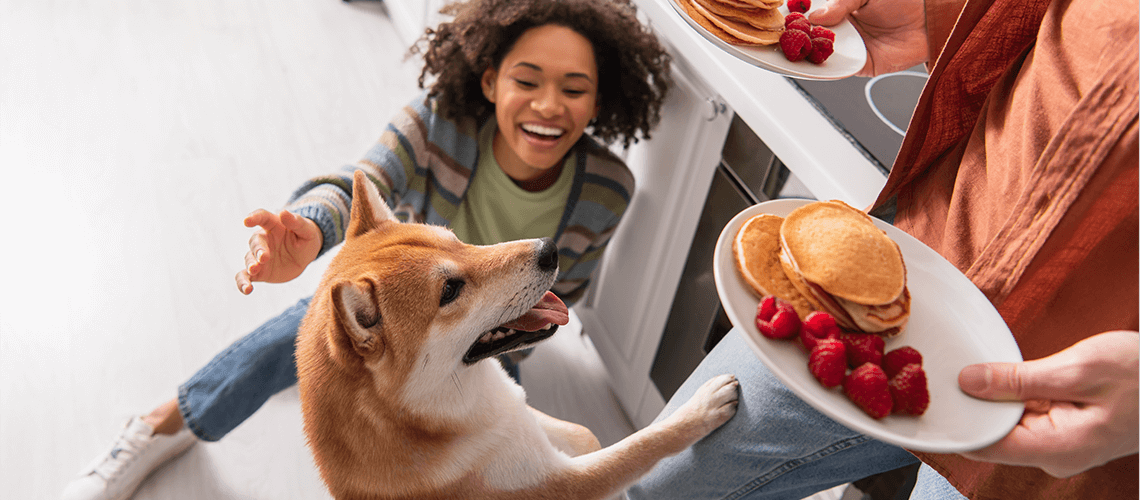 Start the day with a pet-friendly breakfast.
Start the day with a pet-friendly breakfast. Go for a scenic walk or hike.
Go for a scenic walk or hike.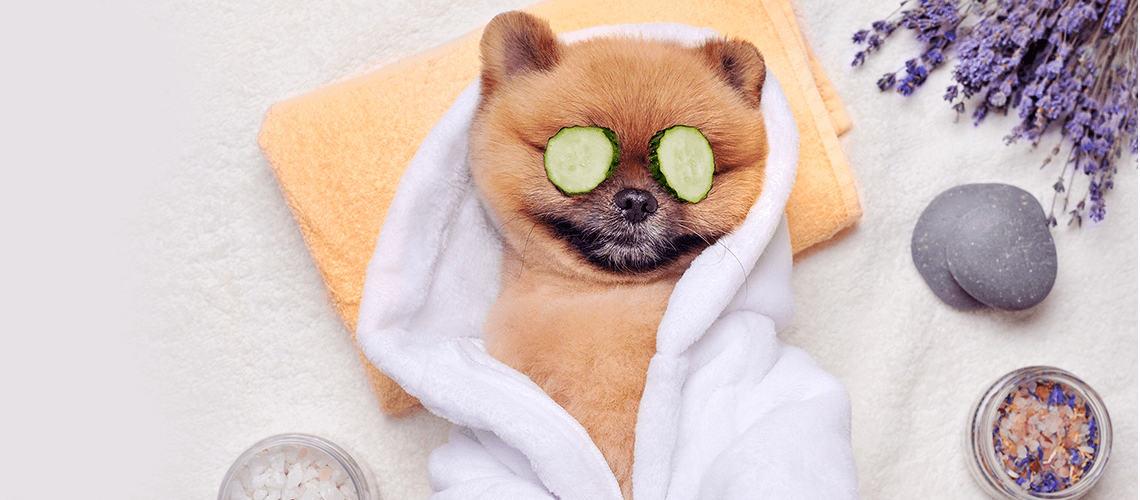 Pamper your pet with a spa day.
Pamper your pet with a spa day.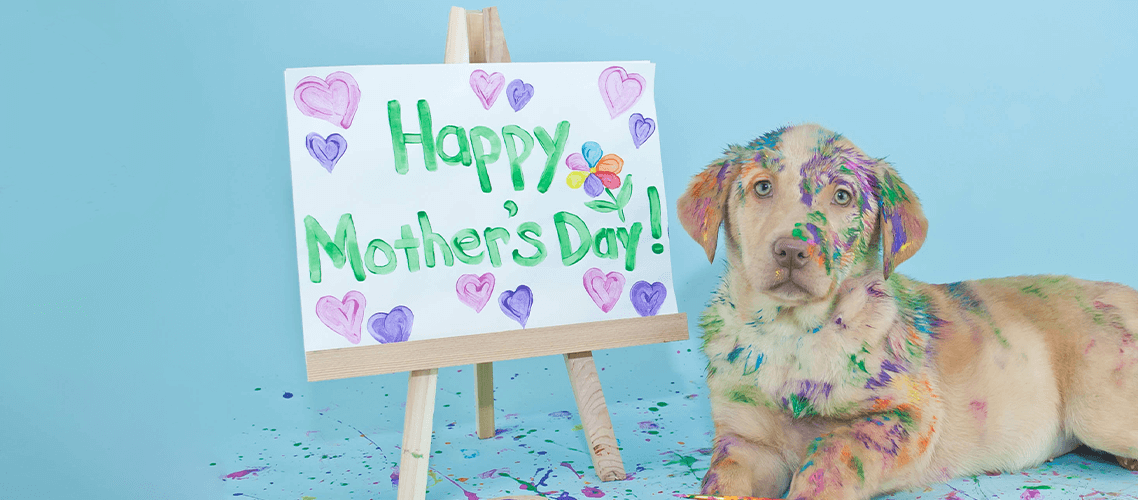 Take a pet-friendly class or workshop.
Take a pet-friendly class or workshop.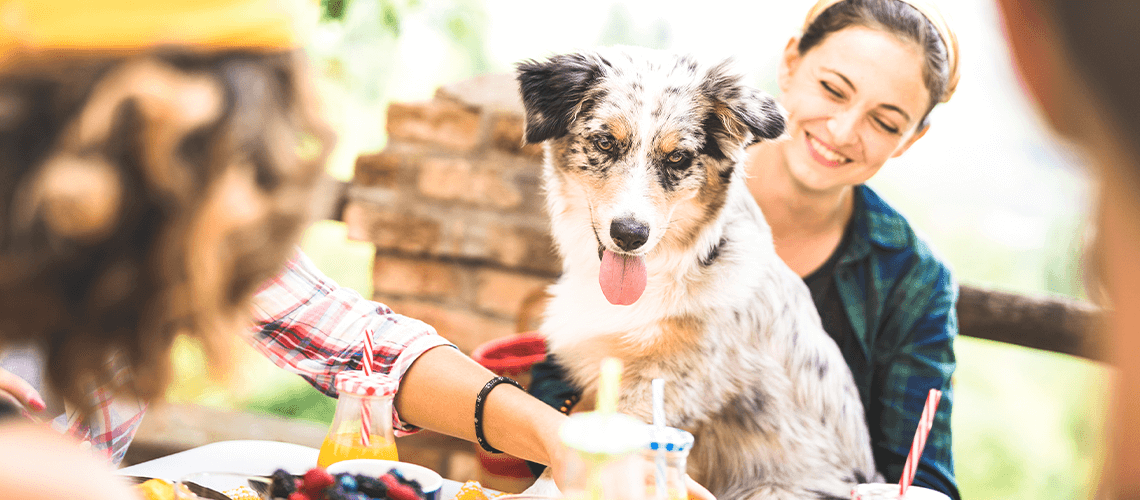 Host a pet-centric Mother’s Day party.
Host a pet-centric Mother’s Day party.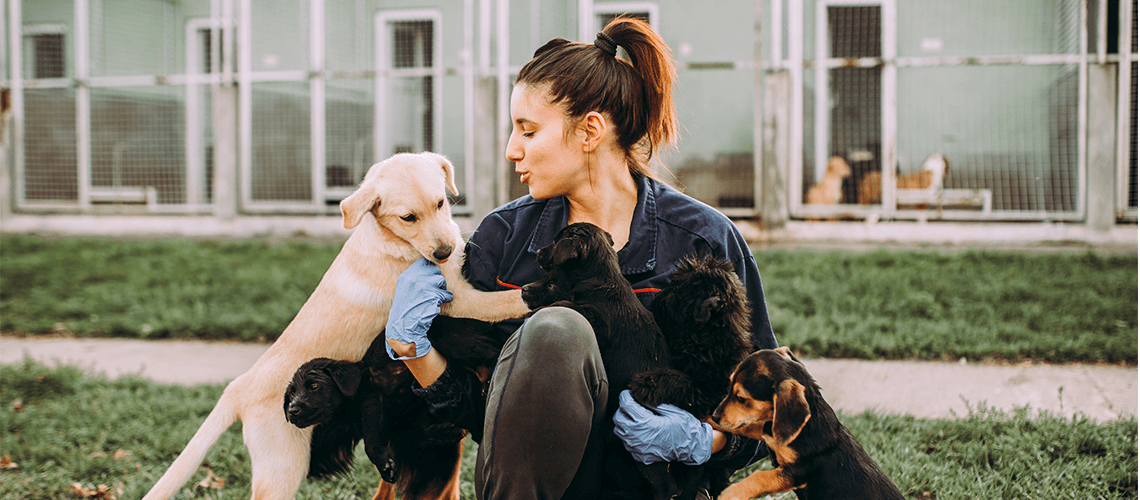 Give back by volunteering or donating to a local animal shelter.
Give back by volunteering or donating to a local animal shelter.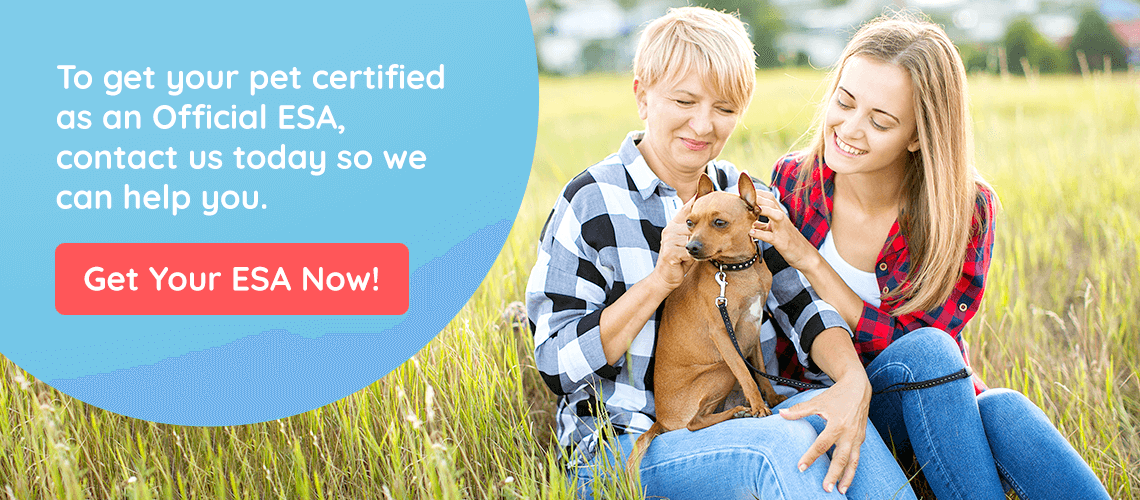
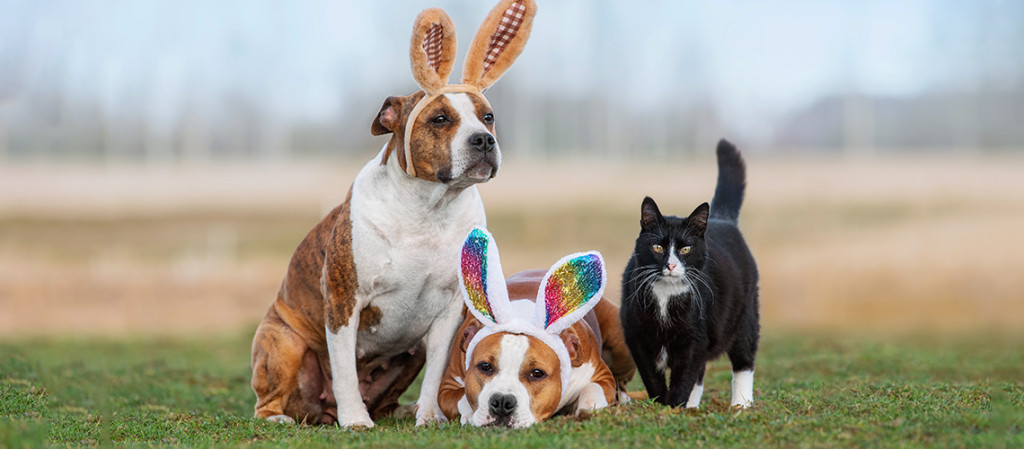
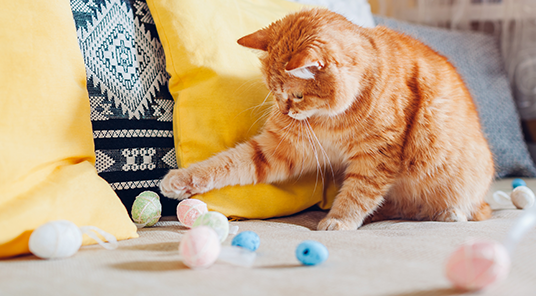
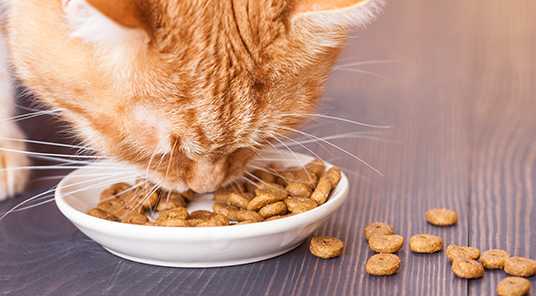
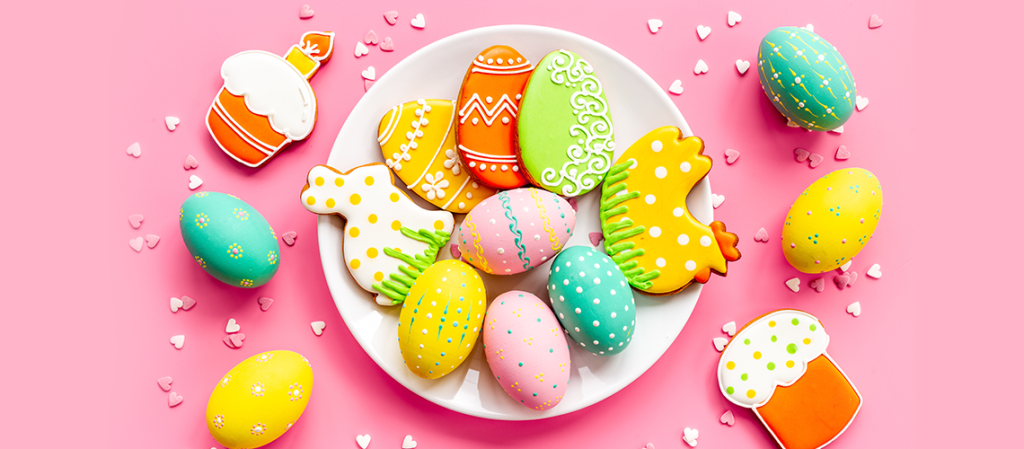
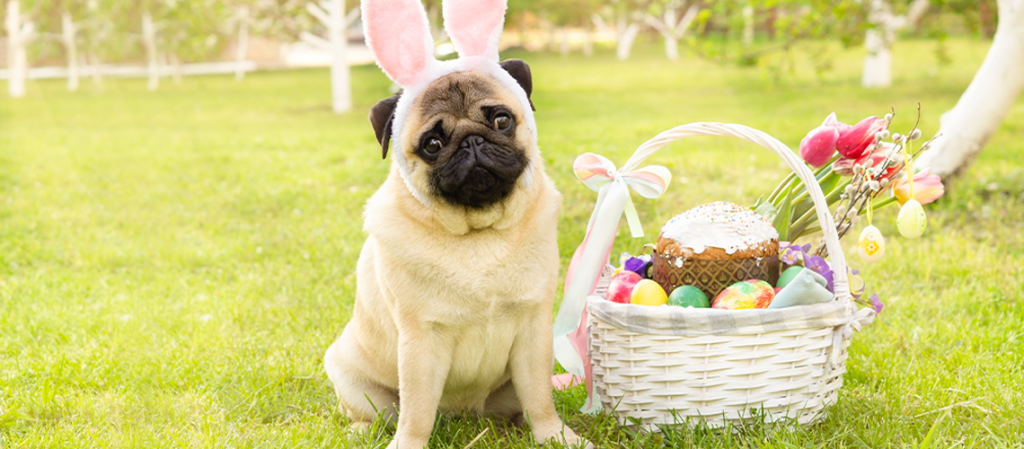
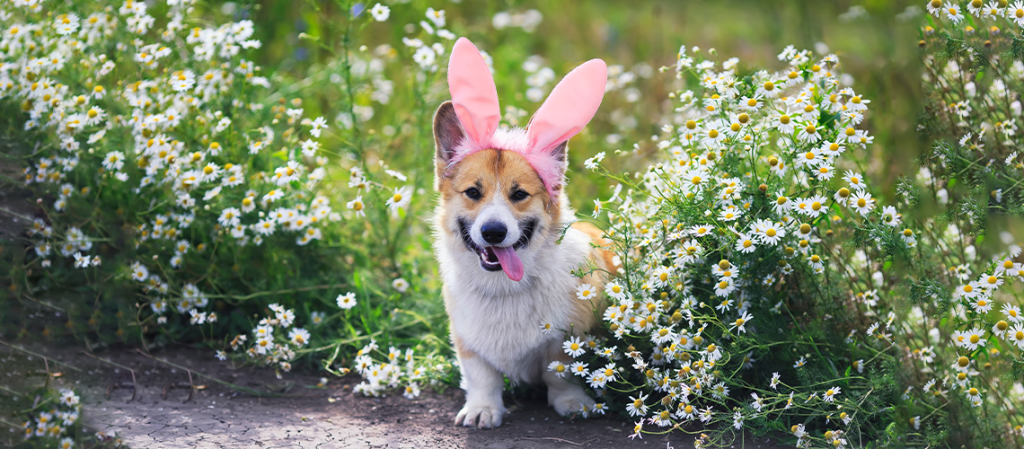
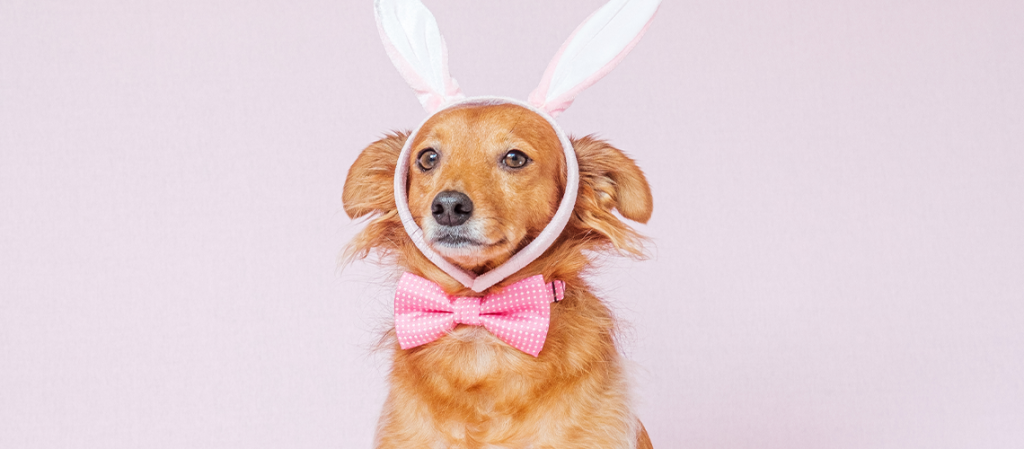
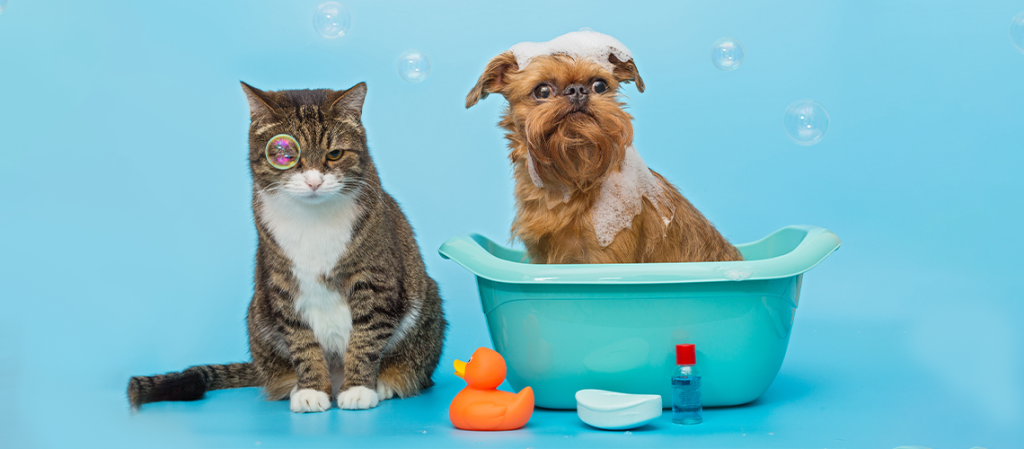
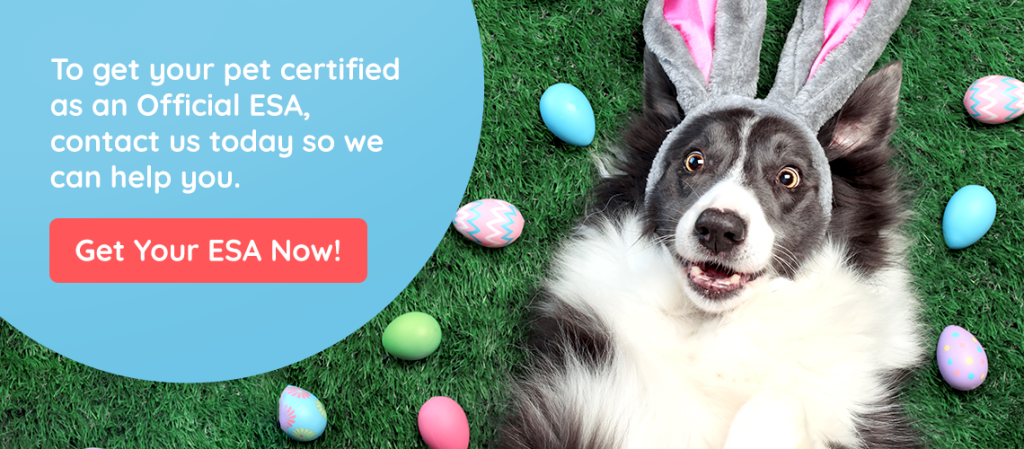
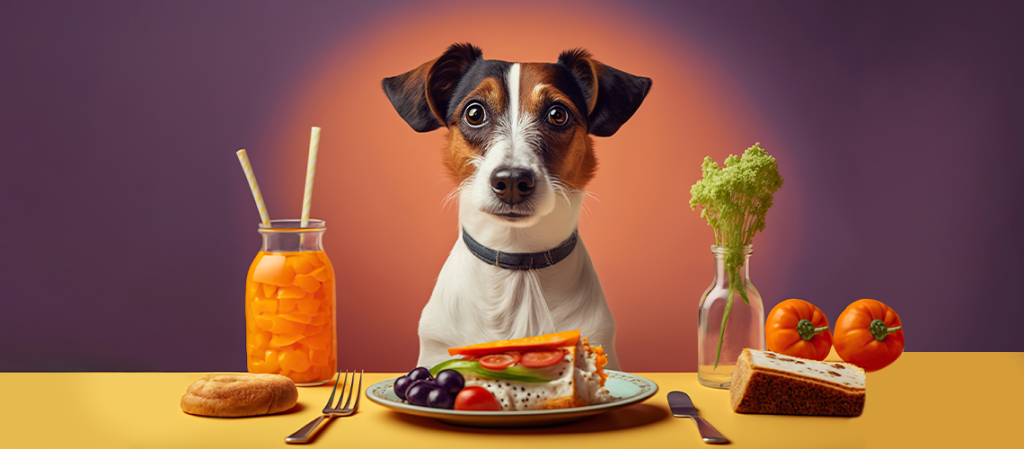
 While many large chain restaurants across the United States offer dog-friendly menus, it’s important to recognize the smaller, local businesses that also welcome pets. These local cafes, bakeries, and restaurants often provide a more unique and personalized experience, with homemade treats and special dishes made specially for dogs. They may also have a more intimate setting, allowing for a closer connection with the owners and staff.
While many large chain restaurants across the United States offer dog-friendly menus, it’s important to recognize the smaller, local businesses that also welcome pets. These local cafes, bakeries, and restaurants often provide a more unique and personalized experience, with homemade treats and special dishes made specially for dogs. They may also have a more intimate setting, allowing for a closer connection with the owners and staff.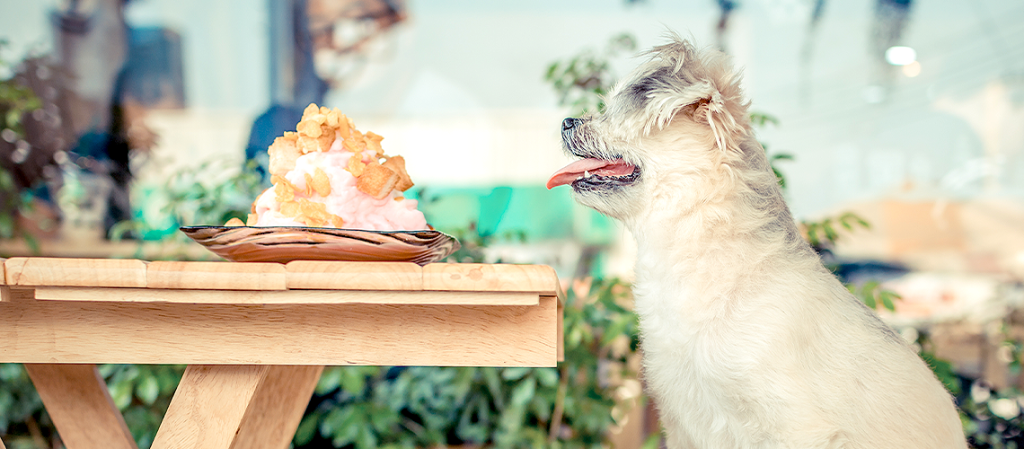 Benefits of Dog-Friendly Restaurants
Benefits of Dog-Friendly Restaurants